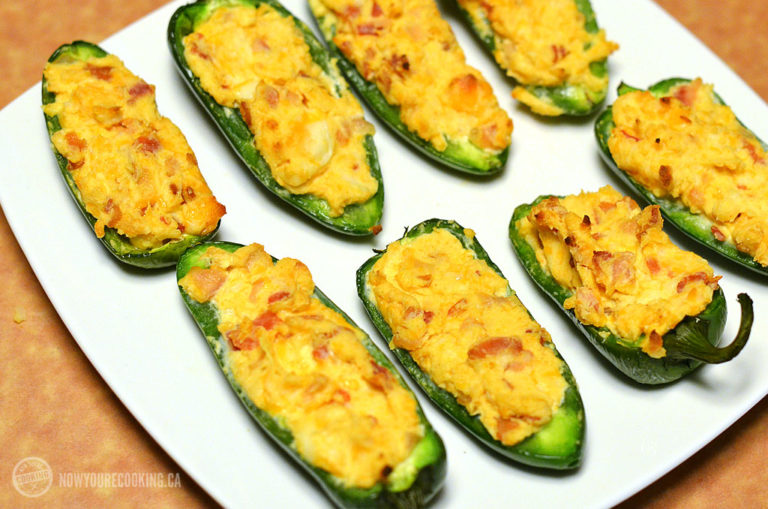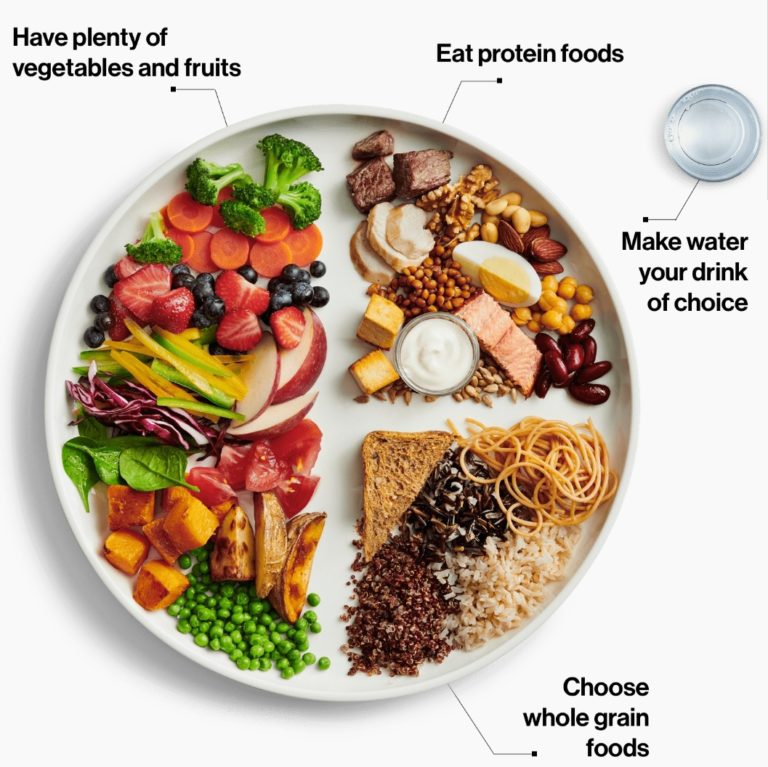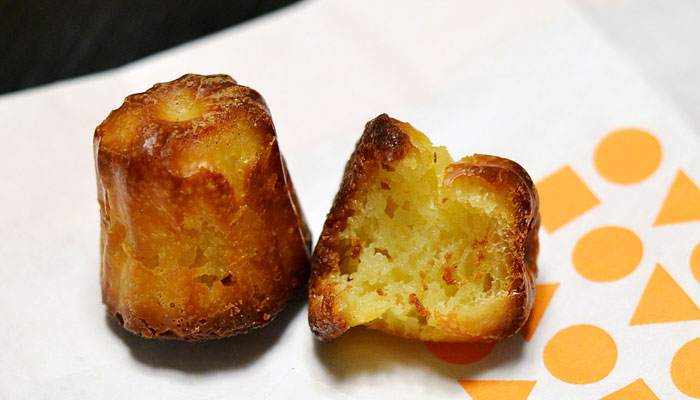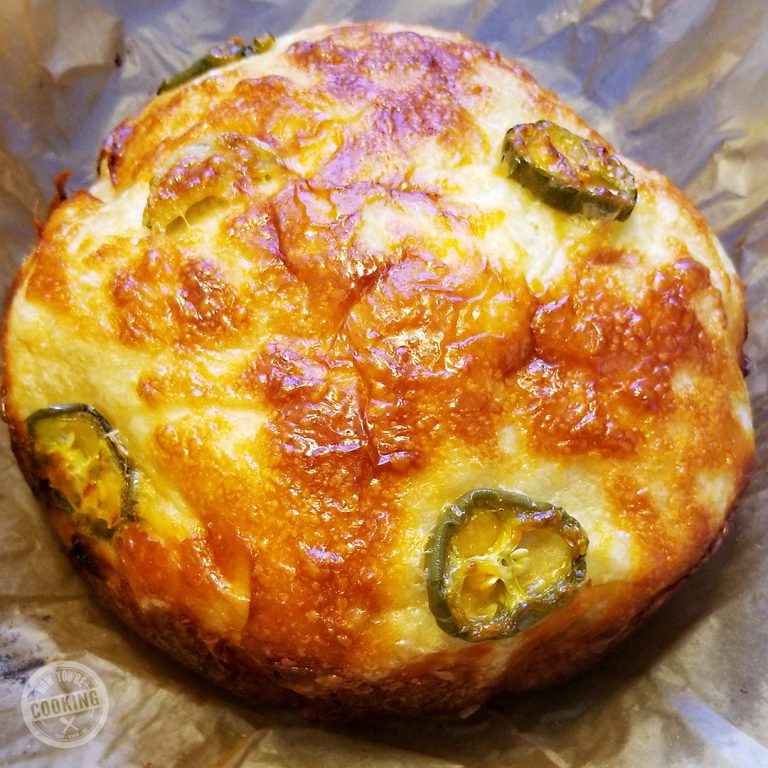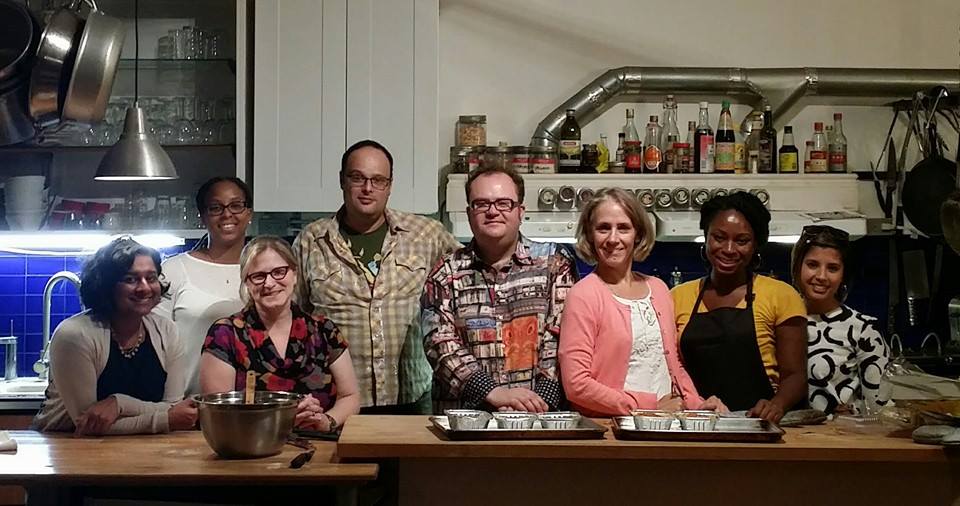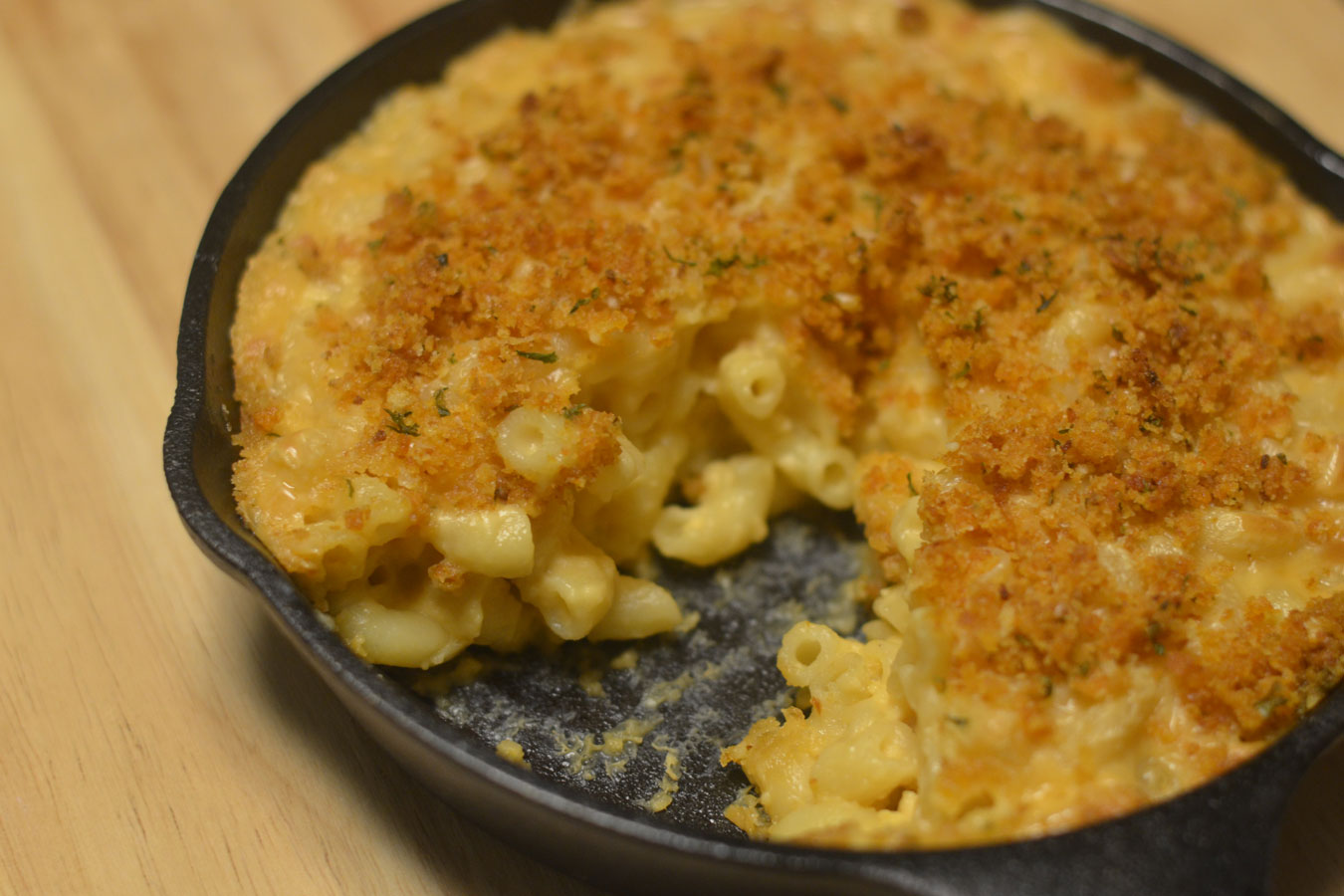10 Helpful Tips for the Best Homemade Pizza
Who’d have known that February 9th is known as National Pizza Day (in the U.S. at least)? It’s a good thing I had some pizza-making ingredients on hand so that I can celebrate by making some for dinner tonight. And seeing as how Valentine’s Day is just around the corner, I decided to do a heart-shaped crust.
Have you ever try making your own homemade pizza before? Had some trouble with the amount of ingredients or a soggy crust? Well, here are eight tips that will make your homemade pizza-making journey a success.
1. Use Pre-Made Pizza Dough

I admit, that this time I didn’t make my crust from scratch, but when you’re short on time (or just plain lazy) you want to take the easy route. Homemade pizza dough on a worknight? Ain’t nobody got time for that! After a long day at work, I just used the store-bought stuff. You can purchase a fresh 800g ball (almost 2lbs) for about $2.50 at the local grocery store, and that will be enough for 2 medium-sized pizzas. I had popped my dough out of my freezer and put it in my fridge to defrost from the night before. After letting it sit out for a while to come to room-temperature, it was ready to be stretched into my pizza shape. If you want to make the dough from scratch (I’ll have the recipe for that soon), you can easily freeze your own dough and–bam! You have your own homemade, pre-made pizza dough!
2. Add Some Crunch
I like to sprinkle a bit of cornmeal on my pizza stone/baking sheet before I place the pizza dough on it. I find it gives it a nice texture and crunch to the finished product. It also helps keep the dough from sticking to the pan. As far as baking is concerned, the thinner the crust, the crunchier it’ll be.
3. It Doesn’t Have to be Perfect
Sure you can use a rolling pin and try to make a perfectly round pizza, but if you want a more rustic look (and aren’t getting judged on presentation) you can ditch the pin. Just start stretching the dough between your fingers, making sure that are areas are evenly thick. Gravity should work on your side as the dough starts to form an oblong shape. You can then set it on your baking sheet and use your fingers to form it in the shape that you want. I have a pizza stone, but I always use parchment paper to set my pizza on, then I place it on my pre-heated pizza stone.
4. Lose the Bubbles
I picked up a dough docker from one of the vendors at Canada’s Sweets and Baking Show back in September (I knew it would come in handy). I had also picked up a plethora of other kitchen gadgets there (including an authentic, high-quality pasta roller) but more on that in a future post.

Using a dough docker on your thin-crust pizza crust before baking will help prevent the crust from forming large air bubbles while it bakes by piercing the dough with small indentations. If you don’t own one, you can use a fork instead. Don’t own a fork? Use those fingers!
5. Avoid Being Soggy
Not only is olive oil an important ingredient in pizza dough, but it also helps as a topping. I always brush a mixture of olive oil and garlic (sometimes some herbs or spices like basil or red pepper flakes) over the dough. This has several advantages: it helps prevent the crust from going soggy from the added toppings, it adds flavour, and helps give the crust a nice colour after it’s baked. Also be sure to properly drain any ingredients that come in a liquid (like pineapples) before topping your pizza so that you don’t end up with a soggy mess. You might also want to try popping your empty baking pan in the oven while it’s preheating, then arrange and top the dough on the hot pan as the crust sets up.

6. Less is More
You may be tempted to top your pizza with a dozen toppings to make the ultimate slice, but try to stick to three ingredients (not including cheese) or less for taste’s sake. If your ingredients are kept minimal and balanced (e.g. tomatoes, mozzarella and basil), it’ll be more appreciated by your palate (plus weigh a lot less).
7. Quality is Quantity
Try to buy quality ingredients when you’re making your pizza. This doesn’t necessarily mean buying the most expensive ones; it just means to really think about what you’re putting on your slice. Look at the nutritional label and ingredient list. That jar of pasta sauce? Probably full of a lot of sugar and other ingredients that you can’t pronounce. An alternative to homemade tomato sauce would be passata sauce; Looking at the label the sole ingredients are tomatoes, salt and citric acid.
8. Cheese, Please
This builds on from the previous point. Try your best to shred your own cheese, not only is it less expensive than buying the pre-shredded option, but you can avoid nomming on the powdered cellulose that normally coats pre-shredded, packaged cheese to keep it from clumping together. And that age-old question of cheese going first or last? If it were up to me I’d have it both ways! But for myMargherita-style pizza I put it last since I was working with Buffalo mozzarella slices and freshly grated parmesean. Some people like to have the cheese before the toppings (they say it helps the other toppings from sliding off), but I’ve had my fair share of gooey toppings all come off on a section of cheese before!
9. Turn Up The Heat
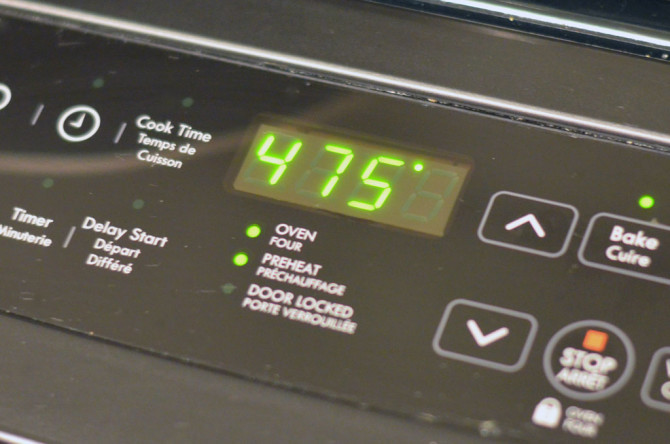
When I make pizza, I preheat my oven to 475°F. Why so high? Well you want the outside of your crust to be crisp and the inside to be a bit chewy. You’re not like you’re baking cookies at 350°F, so stay away from that low temperature. Trust me on this. You’re pizza will come out tasting delicious. Depending on the thickness of your pizza and how crispy you want the crust, you need it in there for about 10 minutes or so.
10. Enjoy it
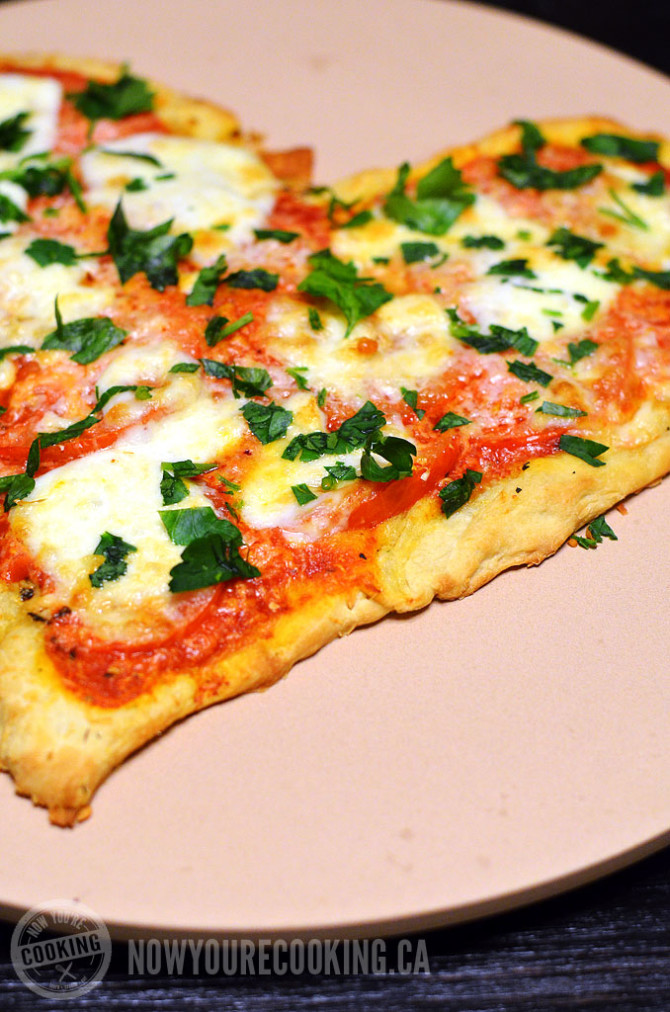
The good thing about making pizza at home is that you have full creativity with the toppings, and no one will charge you extra! If you’re making it with the family, it’s a great way to get everyone together and spend some time in the kitchen. Best of all, any extra slices can be stored in your freezer for about a month for future snacking.
Happy National Pizza Day!


